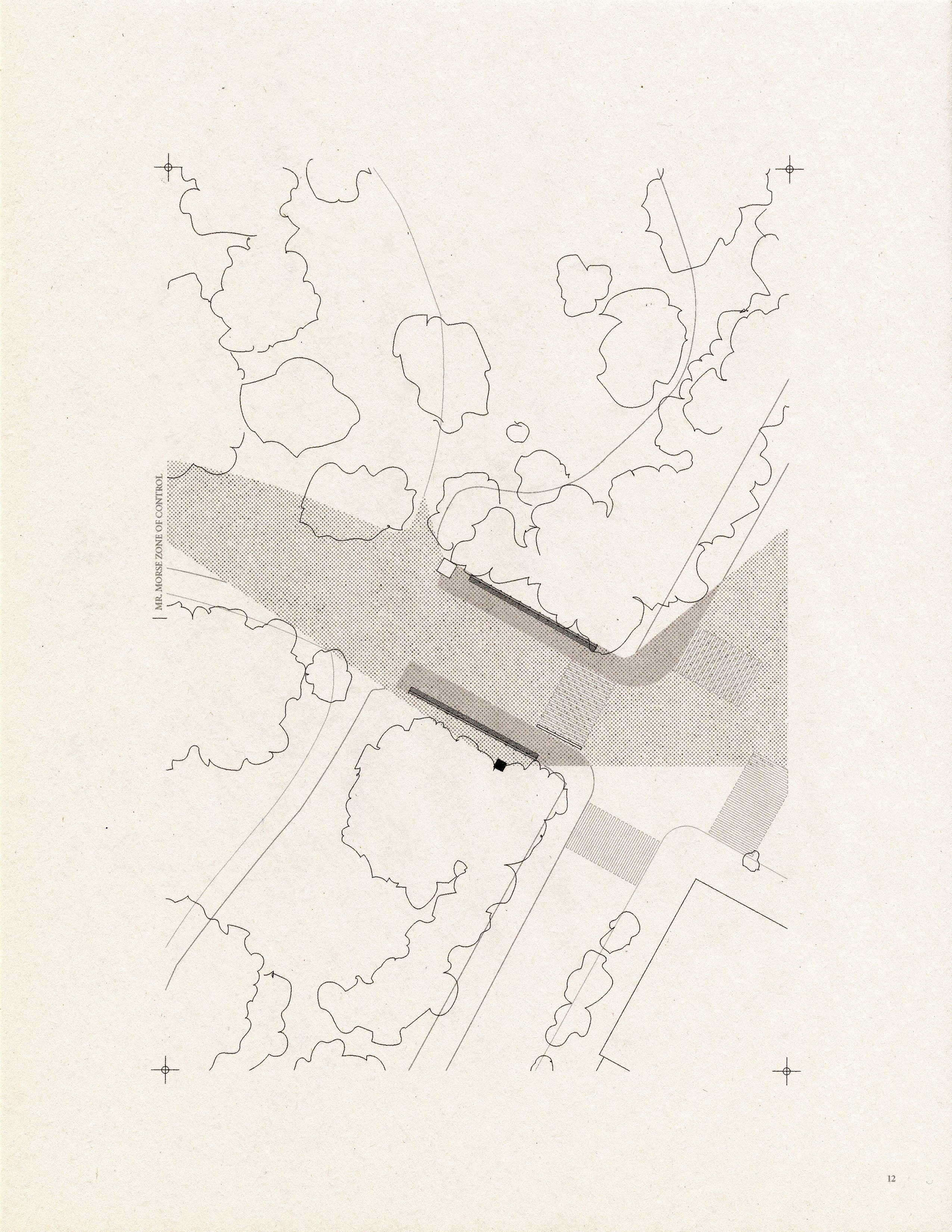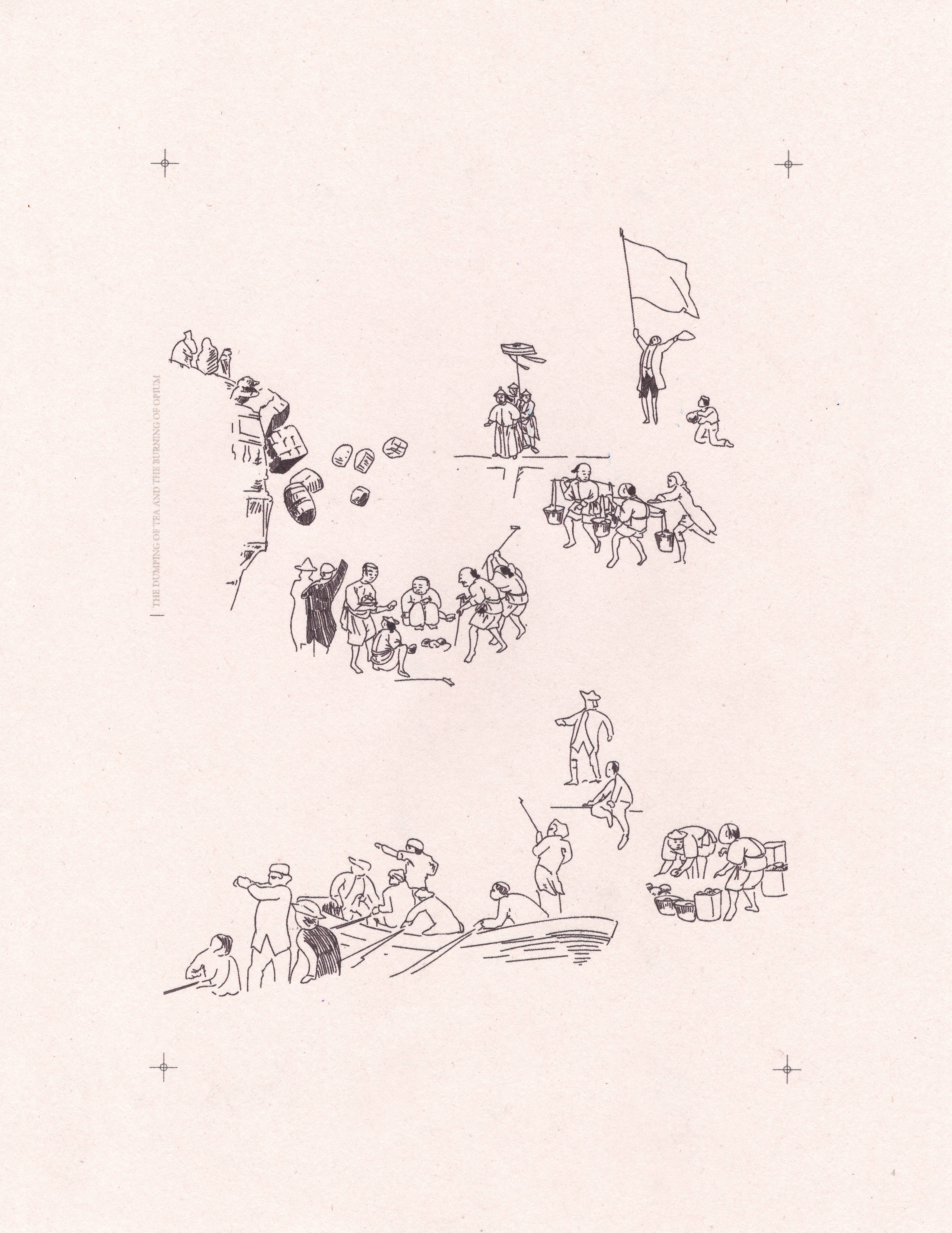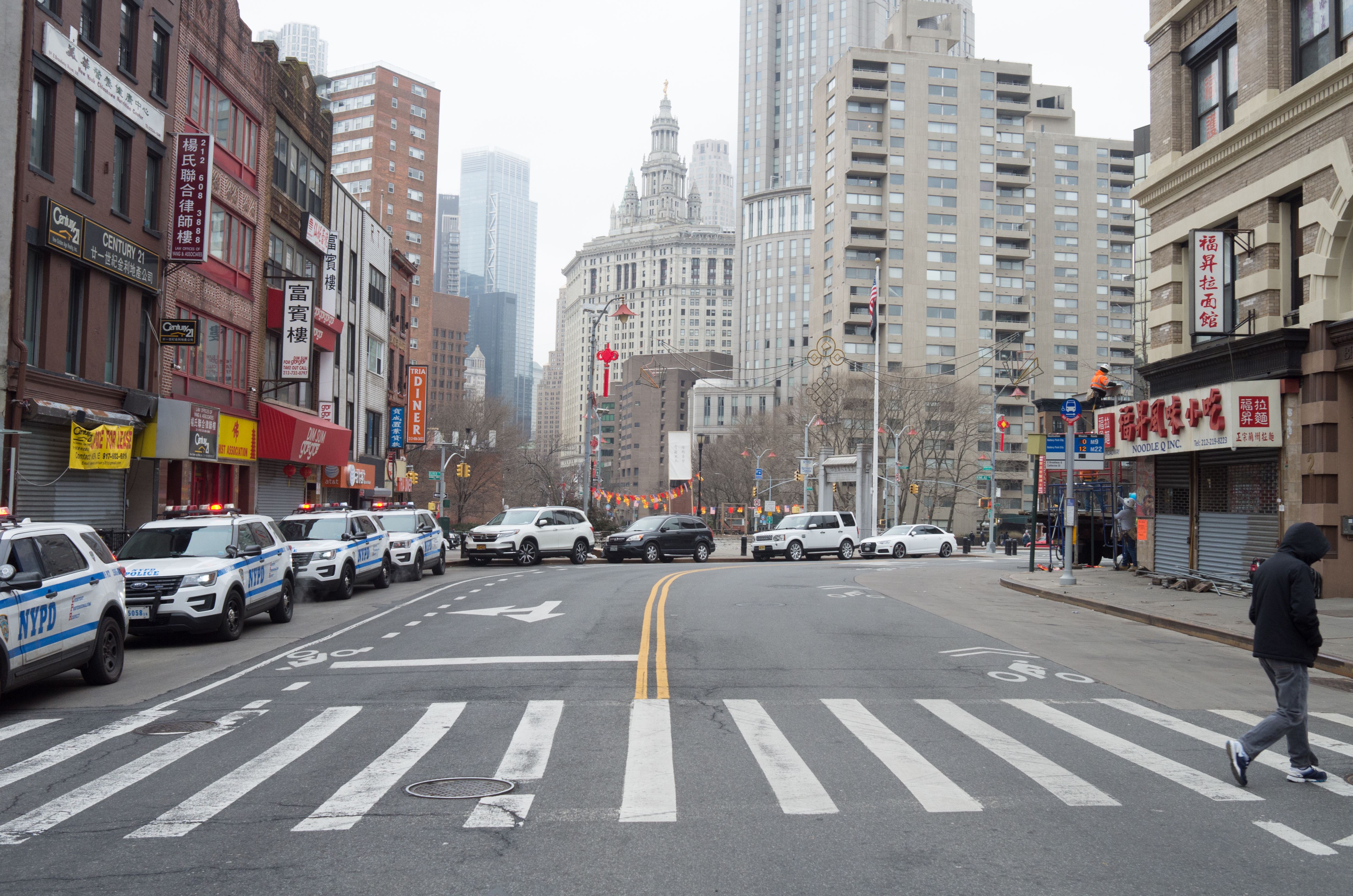PETER COOPER
Peter Cooper, who founded the school that I attend, gave me the chance to learn, explore, and live the life I do.
I thank him.




The focus of my thesis is on the innate relationship between monumental statues and the urban space of New York City. This exploration considers the historical and contextual hierarchies established through spatial relations, and reveals them through my films and drawings.
I unpacked the language of monumentality in the urban space of NYC, starting by identifying three categories that comprise the vocabulary of monumental statues.
The Height of the Monument and Its Relationship to the Ground
The Statue's Relative Scale to My Body
The Zone of Awareness and the Zone of Control in Relation to the Nature of Address
The analysis of specific monumental statues has each yielded a brief, one that I answer in the form of designs for counter-monuments.
This collection forms an anthology of options for counter-monumental thinking.
I have started unpacking the language of monumentality in the urban space of NYC, starting by identifying three categories that comprise the vocabulary of monumental statues.
- The Height of the Monument and Its Relationship to the Ground
- The Statue's Relative Scale to My Body
- The Zone of Awareness and the Zone of Control in Relation to the Nature of Address
The analysis of specific monumental statues has each yielded a brief, one that I answer in the form of several designs of counter-monuments. These collected counter-monument designs together form an anthology of options for counter-monument thinking.
Peter Cooper, who founded the school that I attend, gave me the chance to learn, explore, and live the life I do.
I thank him.




Exploring the conflation of pictorial space with physical space, these experiments play on the autonomy of the picture plane in physical space incorporating the medium of the Byobu (Japanese folding screen), and the representation of the human body at a scale larger than one to one.










Taking inspiration from the sculpture "Profilo Continuo del Duce" by Renato Bertelli, I explored the shifting nature of address as an object is altered by a folding picture plane. In this case I used my own profile to complicate the relationship between the subject and the object.











Grand Army Plaza, the roundabout on the northern tip of Prospect Park, was built to commemorate the Union Army, its surgeons, generals, and gods for their victory in the Civil War. In and around the triumphal arch stand 10 monumental statues all looking at each other in sequence. I attempt to participate in their conversation of gazes that criss cross high above my head.



(Currently) standing at the entrance to the Natural History Museum is the Theodore Roosevelt Equestrian Statue. Not included in the monument's name are a figure of a Native American man and an African man flanking Roosevelt. The hierarchy established by the positions of the figures diminishes the significance of the African and Native American figure. This monument is slated to be torn down in 2021.




Based on the three categories of analysis, the drawing on the left speculates on some options for intervening on the Roosevelt Equestrian statue.





While being the inventor of the Morse Code and a famed painter of his time, Samuel Morse was an anti-abolitionist and nativist.
I remind him in his own language the foundational proclamation from the Declaration of Independence, that all people “are created equal, that they are endowed by their Creator with certain unalienable Rights, that among these are Life, Liberty and the pursuit of Happiness.”
In the counter-monument, rather than looking up to him, I propose to level the playing field by raising the pedestrian ground up to the height of his pedestal. Because his statue is 1:1 human scale, he will become another pedestrian at the entrance of Central Park.













Lin Zexu was a high court official of the Qing Dynasty whose hardline policies on opium trade, such as burning 1000 tons of opium at port Humen, precipitated the outbreak of the Opium War. His open letter to Queen Victoria, asking her to stop the opium trade on moral grounds was lost during its journey back to England, much like his earnest will for a drug free society was met with the harsh reality of global trade interests of colonialism. In the video, the message from the monument is dropped on its way back home.
At the intersection of 5 streets in Chinatown's Chatham Square/Kimlau Square stands Lin Zexu's Monumental Statue.
The monumental statue commemorates Lin Zexu as a Chinese historical figure that is defined by his hardline policy on opium. The text “PIONEER IN THE WAR AGAINST DRUGS” exemplifies this. Here is a monumental statue that would benefit from a more wholistic and complex representation of Lin Zexu as a historical figure, especially as it relates to the opium wars and a Chinese person in New York City.
















J. Marion Sims was a physician who developed a technique to repair vesicovaginal fistula, a potentially fatal complication resulting from childbirth, thereby saving generations of mothers and children. However his technique was developed through the violent practice of operating on enslaved women who were subject to his experimentations without anesthesia, without their consent (although this was common for practitioners of Sims’ generation, the use of anesthesia was becoming common practice as Sims was developing his technique).
Of the 12 enslaved women he operated on, only three have recorded names. They are Anarcha, Betsy, and Lucy.
The monumental statue of Sims was removed in 2018, but the stone pedestal remains.
Nearby, where one can see the remaining base of the Sims monument, is the George Washington Carver NYCHA Housing complex. It is named after a botanist, inventor, and educator, who, as an ex-slave developed a successful rotation crop technique using sweet potato and peanuts to empower black sharecrop farmers to wean off of their singular reliance on cotton.
I have taken this slice of New York city, and have decided to reveal the story it can tell through this counter-monument that celebrates 12 women and George Washington Carver.









